Filter by
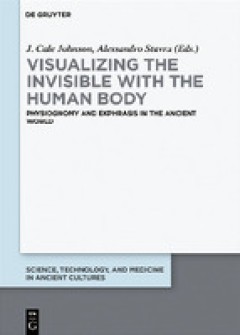
Visualizing the invisible with the human body : physiognomy and ekphrasis in …
Physiognomy and ekphrasis are two of the most important modes of description in antiquity and represent the necessary precursors of scientific description. The primary way of divining the characteristics and fate of an individual, whether inborn or acquired, was to observe the patient’s external characteristics and behaviour. This volume focuses initially on two types of descriptive literatur…
- Edition
- -
- ISBN/ISSN
- 9783110642698
- Collation
- VI, 501 p.
- Series Title
- Science, Technology, and Medicine in Ancient Cultures
- Call Number
- 480 JOH v

On Ancient Grammars of Space : Linguistic Research on the Expression of Spati…
This volume presents new research by the Topoi group "The Conception of Spaces in Language" on the expression of spatial relations in ancient languages. The six articles in this volume discuss static and dynamic aspects of the spatial grammars of Ancient to Medieval Greek, Akkadian, Hittite, and Hieroglyphic Ancient Egyptian, as well as field data on eight modern languages (Arabic, Hebrew, Engl…
- Edition
- -
- ISBN/ISSN
- 9783110311358
- Collation
- xxvi, 327 p.
- Series Title
- Topoi – Berlin Studies of the Ancient World/Topoi – Berliner Studien der Alten Welt
- Call Number
- 401.9 KUT o
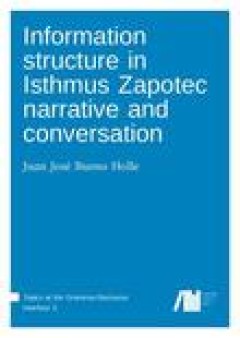
Information structure in Isthmus Zapotec narrative and conversation
This book presents an in-depth description of information structure in Isthmus Zapotec, an Otomanguean language spoken by around 50,000 people in southeastern Oaxaca, Mexico, and represents the first book-length treatment of information structure in a Mesoamerican language. Three main observations motivate the study: Strong documentation and a relatively large and active speaker community creat…
- Edition
- -
- ISBN/ISSN
- 9783961101290
- Collation
- V, 1198 p.
- Series Title
- Topics at the Grammar-Discourse Interface
- Call Number
- 497.6882 BUE i
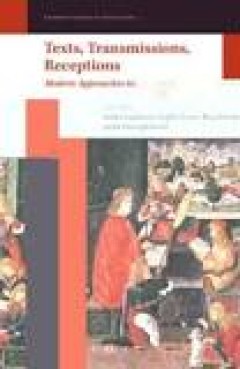
Texts, transmissions, receptions
The papers collected in this volume study the function and meaning of various kinds of narrative texts from the perspective of New Philology, Linguistics, Iconography and Reception studies. Their purpose is to understand the workings of narrative texts.
- Edition
- -
- ISBN/ISSN
- 9789004270848
- Collation
- 332 p.; 22 cm.
- Series Title
- -
- Call Number
- 401.43 HOE t
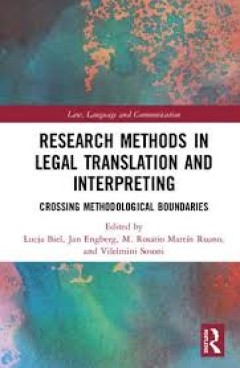
Research methods in legal translation and interpreting: crossing methodologic…
The field of legal translation and interpreting has strongly expanded over recent years. As it has developed into an independent branch of Translation Studies, this book advocates fora substantiated discussion of methods and methodology, as well as knowledge about the variety of approaches actually applied in the field. It is argued that, complex and multifaceted as it is, legal translation cal…
- Edition
- -
- ISBN/ISSN
- 9781351031226
- Collation
- 1 online resource.
- Series Title
- Law, language and communication
- Call Number
- 418.0334 BIE r

Sign Bilingualism in education: challenges and perspectives along the researc…
From the first attempts at including sign language in deaf education until today, the status of sign language in deaf education has been marked by changing perspectives on deafness and the needs and abilities of deaf students. The perception of deaf individuals using a sign language and a spoken/written language as bilinguals is a relatively new phenomenon, and so is a bimodal bilingual concept…
- Edition
- -
- ISBN/ISSN
- 9780992922139
- Collation
- IX, 114 p.
- Series Title
- Ishara Research Series, 3
- Call Number
- 419.03 PLA s
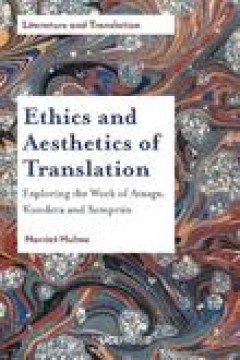
Ethics and aesthetics of translation
Ethics and Aesthetics of Translation engages with translation, in both theory and practice, as part of an interrogation of ethical as well as political thought in the work of three bilingual European authors: Bernardo Atxaga, Milan Kundera and Jorge Semprún. In approaching the work of these authors, the book draws upon the approaches to translation offered by Benjamin, Derrida, Ricœur and Del…
- Edition
- -
- ISBN/ISSN
- 9781787352070
- Collation
- 286 p.; 22 cm.
- Series Title
- -
- Call Number
- 418.02 HUL e
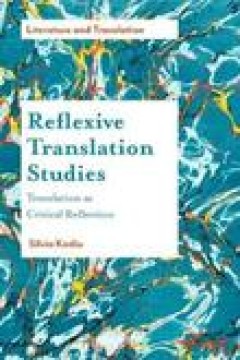
Reflexive Translation Studies
In the past decades, translation studies have increasingly focused on the ethical dimension of translational activity, with an emphasis on reflexivity to assert the role of the researcher in highlighting issues of visibility, creativity and ethics. In Reflexive Translation Studies, Silvia Kadiu investigates the viability of theories that seek to empower translation by making visible its transfo…
- Edition
- -
- ISBN/ISSN
- 9781787352513
- Collation
- ix, 174 p.; 22 cm.
- Series Title
- -
- Call Number
- 418.02 KAD r
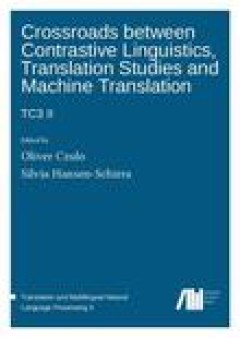
Crossroads between contrastive linguistics, translation studies and machine t…
Contrastive Linguistics (CL), Translation Studies (TS) and Machine Translation (MT) have common grounds: They all work at the crossroad where two or more languages meet. Despite their inherent relatedness, methodological exchange between the three disciplines is rare. This special issue touches upon areas where the three fields converge. It results directly from a workshop at the 2011 German As…
- Edition
- -
- ISBN/ISSN
- 9783946234265
- Collation
- 214 p.; 22 cm.
- Series Title
- Translation and Multilingual NaturalLanguage Processing 4
- Call Number
- 417.7 CRO c
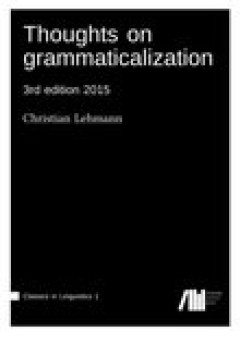
Thoughts on grammaticalization
After a short review of the history of research, the work introduces and delimits the concepts related to grammaticalization. It then provides extensive exemplification of grammaticalization phenomena in diverse languages, ordered by grammatical domains such as the verbal, pronominal and nominal sphere and clause level relations. The final chapter presents a theory of grammaticalization which i…
- Edition
- 3rd edition 2015
- ISBN/ISSN
- 9783946234074
- Collation
- xiii, 214 p.; 22 cm
- Series Title
- -
- Call Number
- 410 LEH t
 Computer Science, Information & General Works
Computer Science, Information & General Works  Philosophy & Psychology
Philosophy & Psychology  Religion
Religion  Social Sciences
Social Sciences  Language
Language  Pure Science
Pure Science  Applied Sciences
Applied Sciences  Art & Recreation
Art & Recreation  Literature
Literature  History & Geography
History & Geography